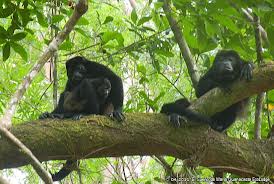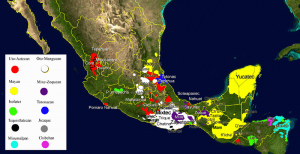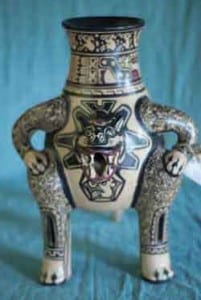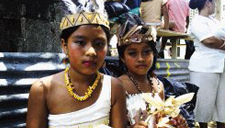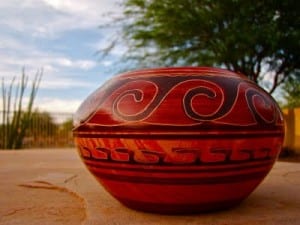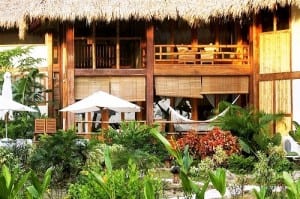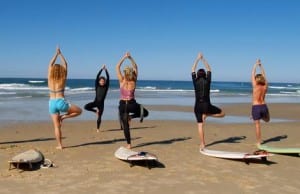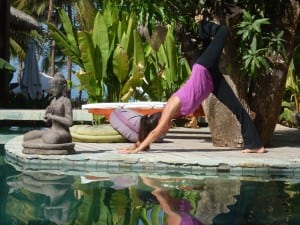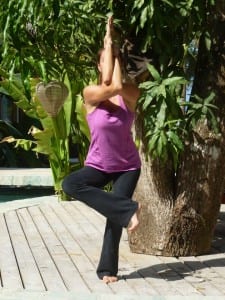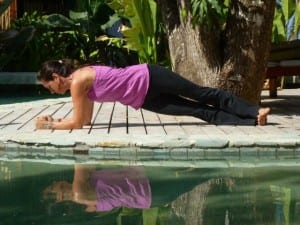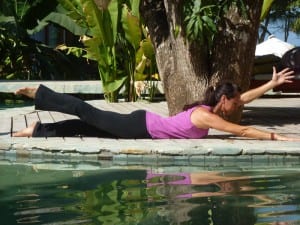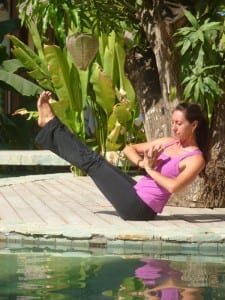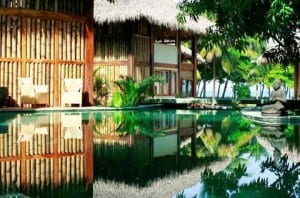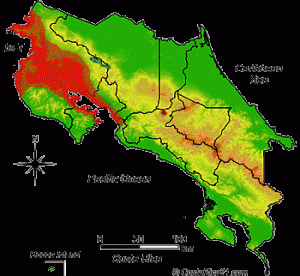 ¿
¿Sabe usted dónde se concentra la mayor cantidad de bosque tropical seco de América? Podrá encontrar la respuesta en la provincia de Guanacaste, en Costa Rica. Valga la ocasión para describir grosso modo en qué consiste este tipo de foresta. Se compone de una vegetación que sobrevive con mucho menos agua que el bosque tropical húmedo, pues tiene una temporada seca que se extiende por aproximadamente 8 meses. Sin embargo, esta característica no le resta magnificencia a la flora y fauna que la habita. Eso sí, hubo un tiempo en que esta belleza particular era empañada por la reducción de las áreas de conservación. En vez de preservar las riquezas naturales, los habitantes de la zona utilizaban el espacio como potreros para que el ganado pastase. Ello condujo a un proceso rápido de degradación. Incluso cuando quitaron las reses, el decaimiento de los terrenos continuó. Lo anterior debido a que la hierba jaragua había sido utilizada para alimentar a los animales, pero posteriormente invadió la flora local. Como consecuencia, se convirtió en material inflamable para los incendios de la temporada seca, lo que trajo consigo una mayor reducción de los bosques.
Posteriormente, el entomólogo estadounidense Daniel Janzen,
quien hacía estudios en la zona, se percató del grado de riqueza de
vida silvestre. Asimismo, se dio cuenta de la fragilidad del ecosistema y
que, de no ocuparse de su cuidado, se convertiría en un recuerdo para
las generaciones venideras.
Fue a partir de este acontecimiento que arrancó la trama del libro «El Fénix Verde», del autor William Allen.
En él, un equipo de científicos y voluntarios costarricenses y
provenientes del vecino del norte se adentraron en la arena política,
ecológica y social del área. El propósito iba más allá de la simple
conservación de los bosques sino también la promoción de su
recrecimiento. La idea era conectar las pequeñas islas de bosque
remanentes y transformarlo en un corredor que replicara la formación
original. En un principio el concepto fue considerado como estrafalario
pero la osadía de los propulsores acabó sobreponiéndose a la dificultad
operativa del proyecto.
El
escritor realizó una investigación extensa para recrear la cotidianidad
de los personajes principales. De igual manera, se esmeró en el
carácter de cada uno de ellos. Así, logró plasmar la manera en que los
participantes hicieron a un lado su ego en pro del bien común.
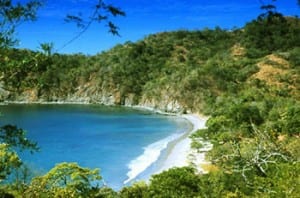
Allen incluyó además, algunos aspectos increíbles sobre la ecoestructura delicada de la zona. Describió con gran detalle cómo las plantas, animales e insectos se vinculan intrínsecamente los unos con los otros. Un elemento descollante es que este proceso se replica en condiciones idénticas tanto en el bosque tropical húmedo como en el seco.El libro es un modelo, un caso de éxito que sirve para analizar la interrogante: ¿se puede prevenir la destrucción de los bosques tropicales del mundo? En las colinas costarricenses heridas por el fuego del verano, el científico y escritor encontró una respuesta maravillosa: no solo es posible es detener la destrucción sino devolverle su riqueza original.
Esta es una historia inspiradora relatada con energía viva. En ella se reflejan imágenes sin igual de playas vírgenes, bosques exuberantes; además del heroísmo y la capacidad de los equipos científicos. Describe el carácter heterodoxo del ecologista Daniel Janzen. En resumen, una obra que todos querrán leer.
Posterior a la lectura, usted deseará vivir en carne propia una experiencia similar. Si lo suyo no es acampar a la intemperie, en el hotel y villas Pranamar le ofrecemos opciones de alojamiento de primer orden. Este es un lugar íntimo ubicado en Santa Teresa, una impresionante playa de arena blanca en el océano Pacífico. Situado en la península de Nicoya, le ofrecen áreas hermosas de natación y todas las comodidades que desee.
¡Atrévase a dominar esa ave fénix indómita que vive en la región!
Por: Andrés Figueroa

